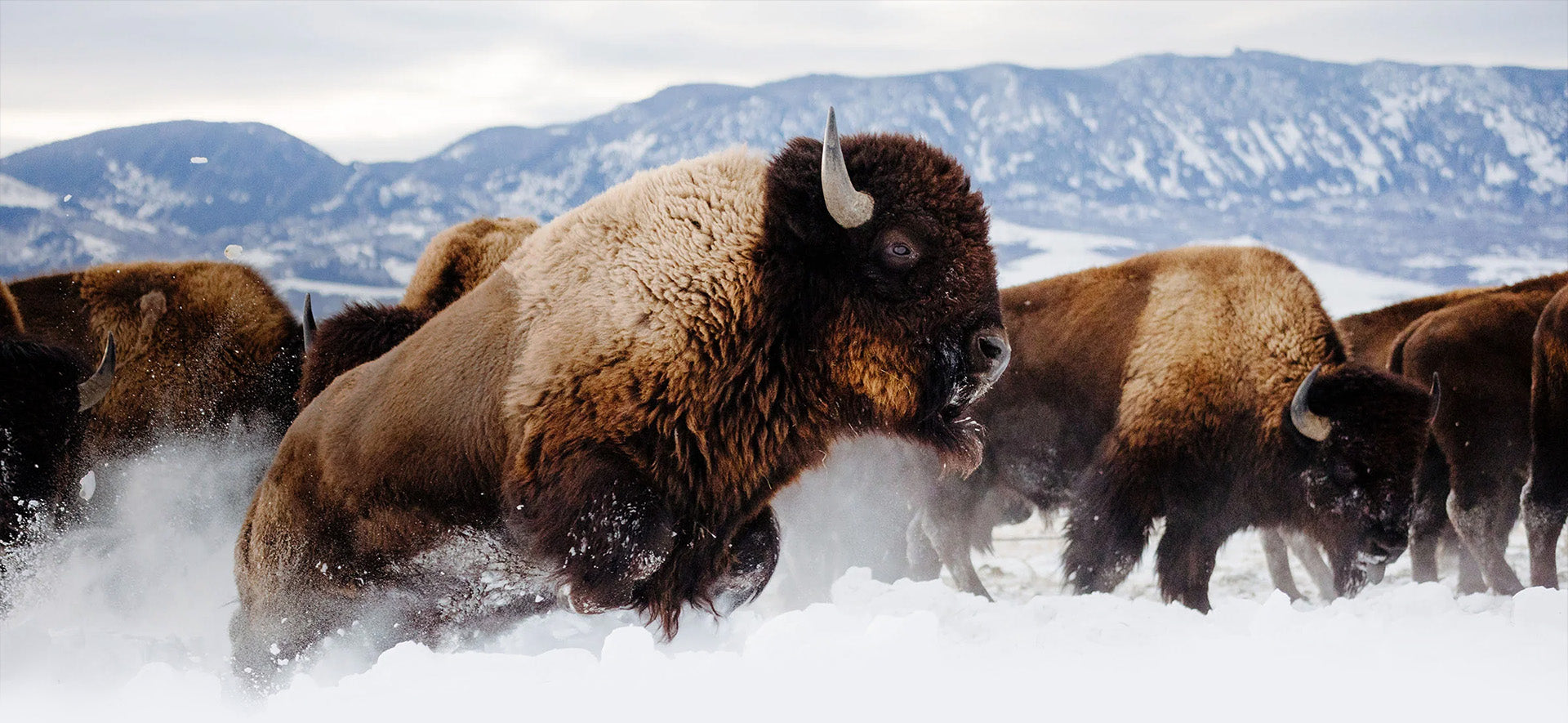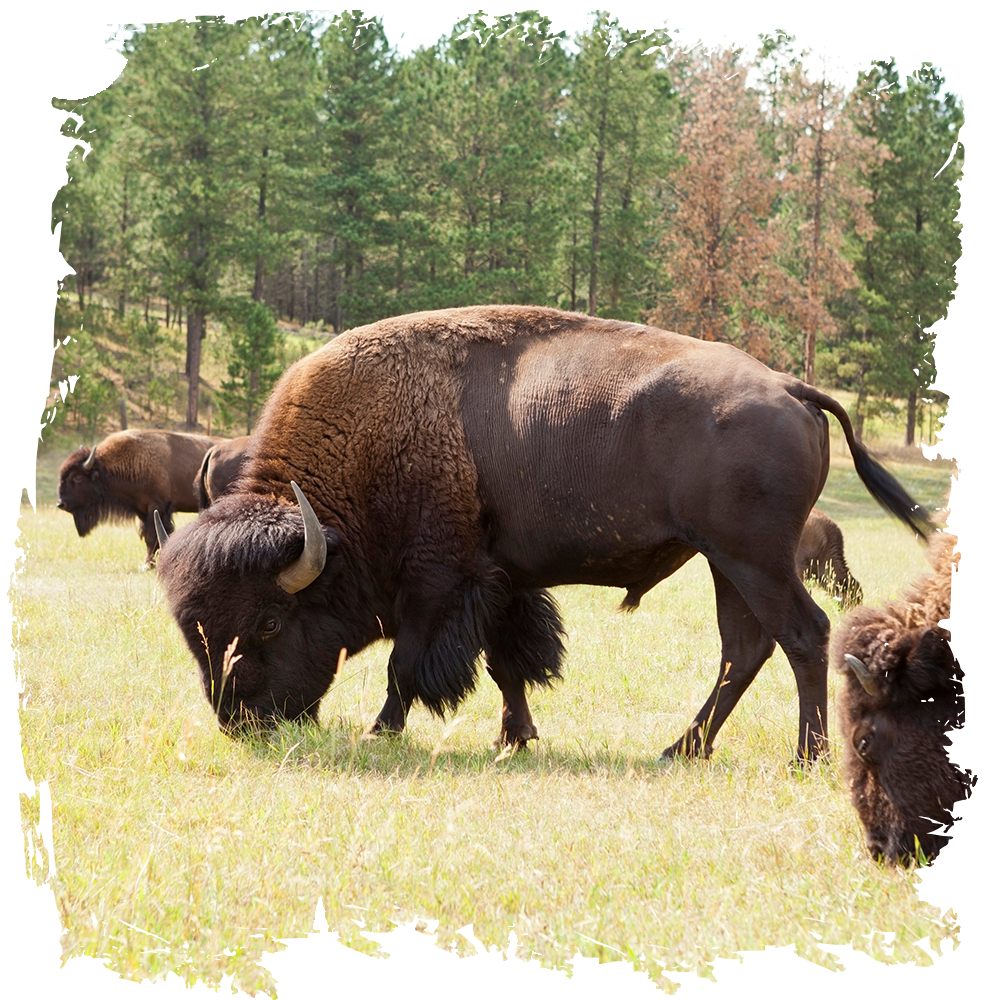Responsible Ranching
Big Horn Bison cares about the conservation of our environment and the future of our bison. Big Horn Bison is excited to begin all of our ranching systems on a foundation built to preserve our environment. Big Horn Bison plans to practice holistic regenerative grazing. We intentionally selected the lands for our ranching system to ensure their historical and ecological significance by removing all non-native livestock and repopulating them with their natural inhabitants.
The Growing Climate Solutions Act has allowed the Big Horn Bison ranching system to easily participate in the carbon credit market. Big Horn Bison will utilize the science-based best practices to measure, report and verify our agricultural carbon credits with the USDA and additional third parties authorized by the USDA. Participation in Carbon Sequestering Practices will allow Big Horn Bison to tangibly account for their emissions, essentially reducing and removing our ranch’s emissions from the atmosphere.



